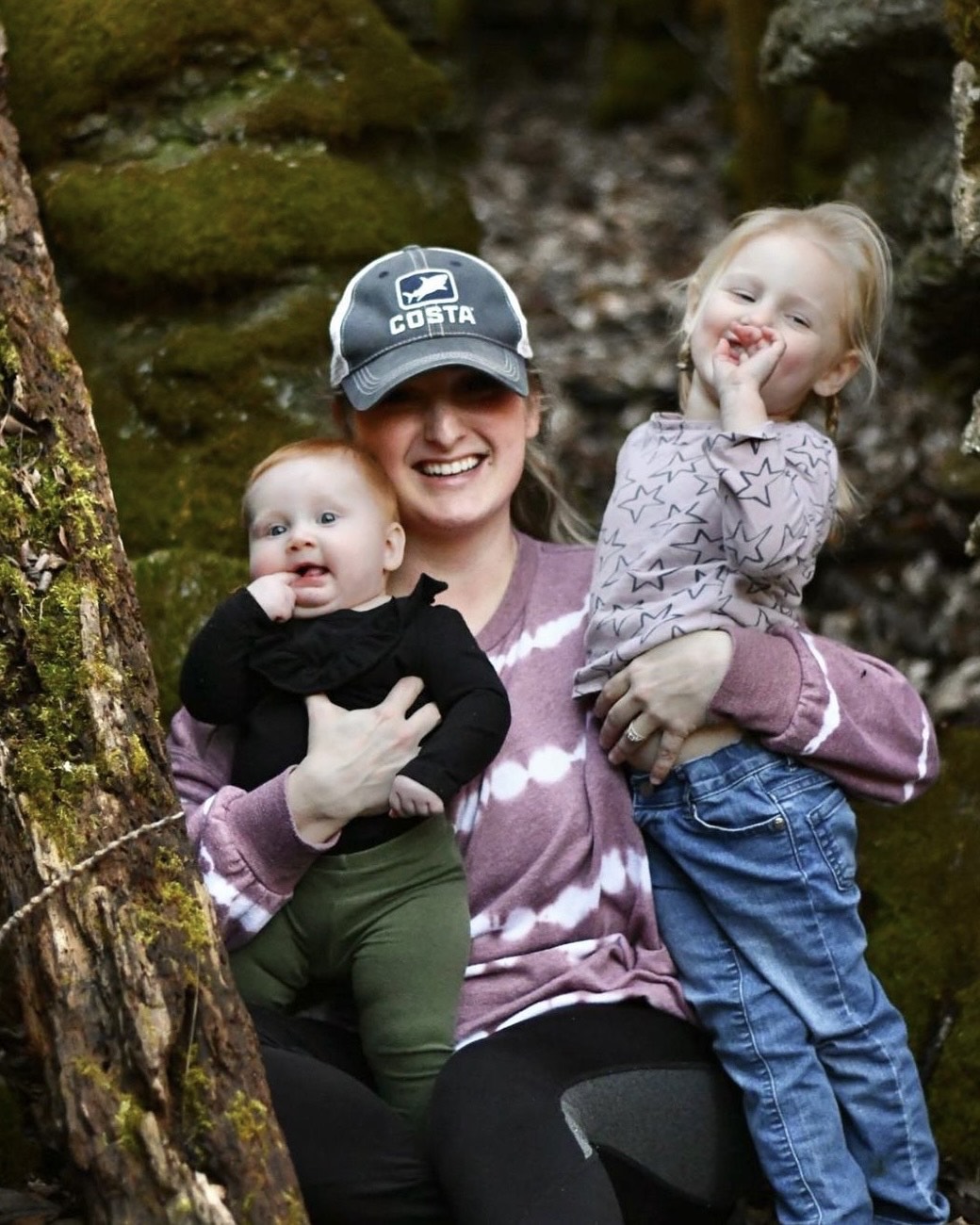
Deeply Rooted
I am not well traveled. I’ve never flown on a plane. I’ve never been north of Ohio or west of Texas.I’m not as well traveled as some may say one should be, but this piece of land has housed all of my fondest memories…
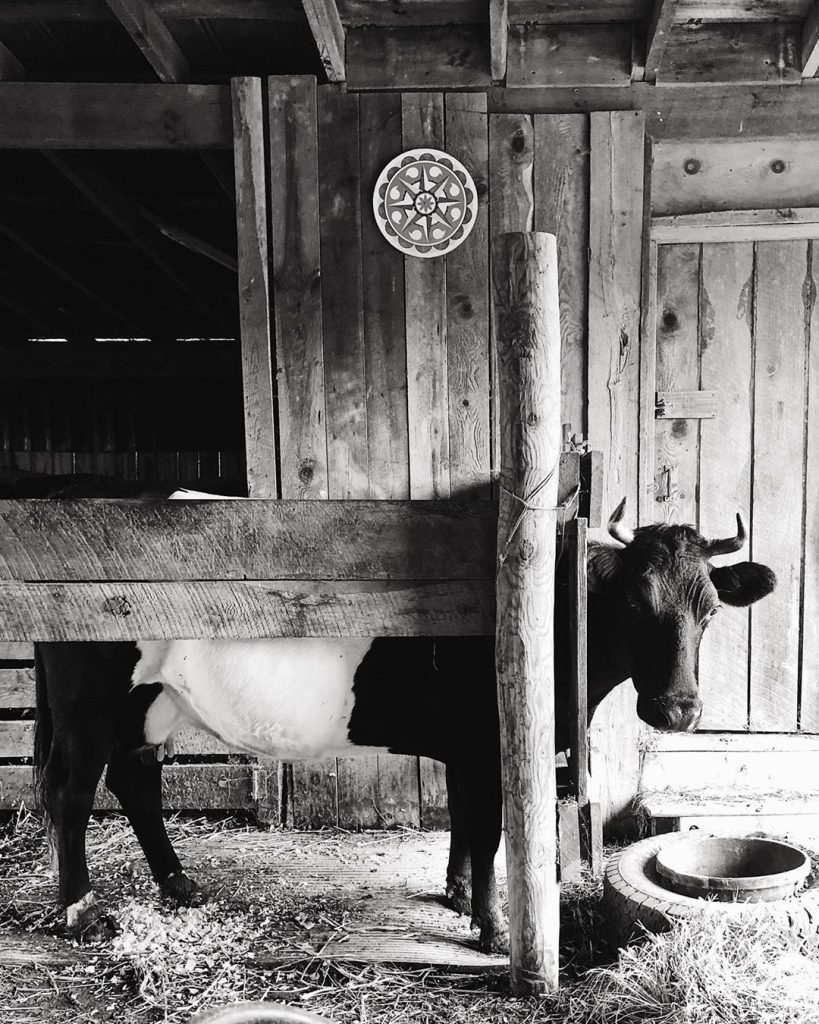
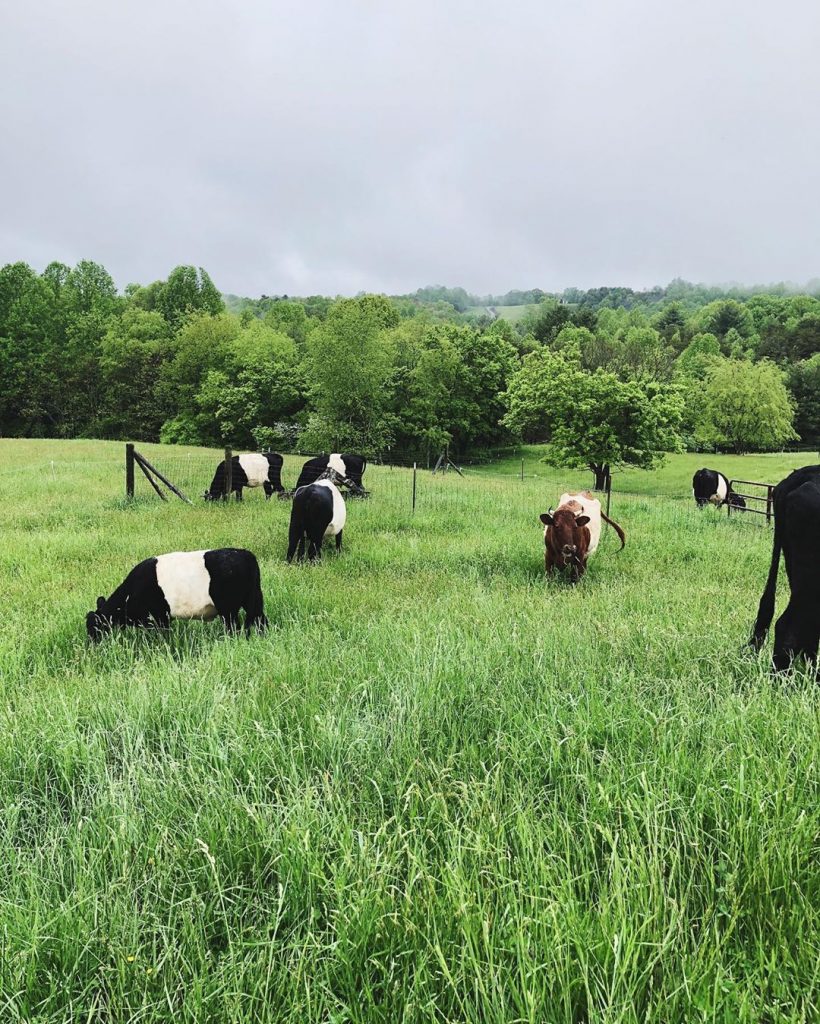
We have had chickens since the beginning. Then a herd of Nigerian Dwarf goats with a couple angoras. A mixed flock of sheep for fiber and meat, turkeys, guineas, a Norwegian Fjord draft pony, and of course hogs. We used to keep breeders for both the Ossabaw Island Hog and the Large Black.
Currently my streamlined focus and passion is our small herd of registered Dutch Belted dairy cattle. Our herd use to be the only registered one in the state here. This critically endangered breed is a medium sized, hardy, thrifty, sassy, long-lived one. These animals can thrive on good pasture alone. They usually calve with ease, are excellent mothers, and produce a delicious creamy milk with an easily digestible much smaller fat globule. They are generally docile, highly intelligent, and can definitely get a little smart with you… kinda like teenagers!
This breed dates back to the eighteenth century. Belted cattle were raised in Austria and Switzerland and later embraced in the Netherlands where they are still know as the Lakenvelder. They can be either black and white or the more rare “red” with a white belt. We have consciously decided to keep our animals with horns. Although one of our cows carries naturally polled genetics.
We practice daily rotational grazing using a “hot” poly-rope and step-in pigtail posts. In the winter they stay close to the barn in a designated “sacrifice” area where we feed them hay, minerals, and alfalfa pellets during the cold season while the pastures are dormant. I tend to get better at managing our pastures and grass farming as the years go by.
I do it all for the butter (I only half joke). Our first family cow was half Dutch Belted and sparked our interest in the breed. After much research and countless e-mails, I located two breeders up in Ohio and was placed on waiting lists. Around a year after that, on a cannonball run in some grueling late October weather that was blowing in, we made a run and returned with one pregnant heifer and two younger heifers. This was the fall of 2014. We have been building our herd from these three foundation females since utilizing AI for increased variety of genetics.
I usually run a small herdshare milk side hustle along with making our own yogurt, cheese, butter, and ghee. We also raise up several steer (for around three years) before we harvest them for meat. Skulls and hides get saved and cured/tanned… or at least that’s the plan. Currently I have several hides in a freezer on hold.
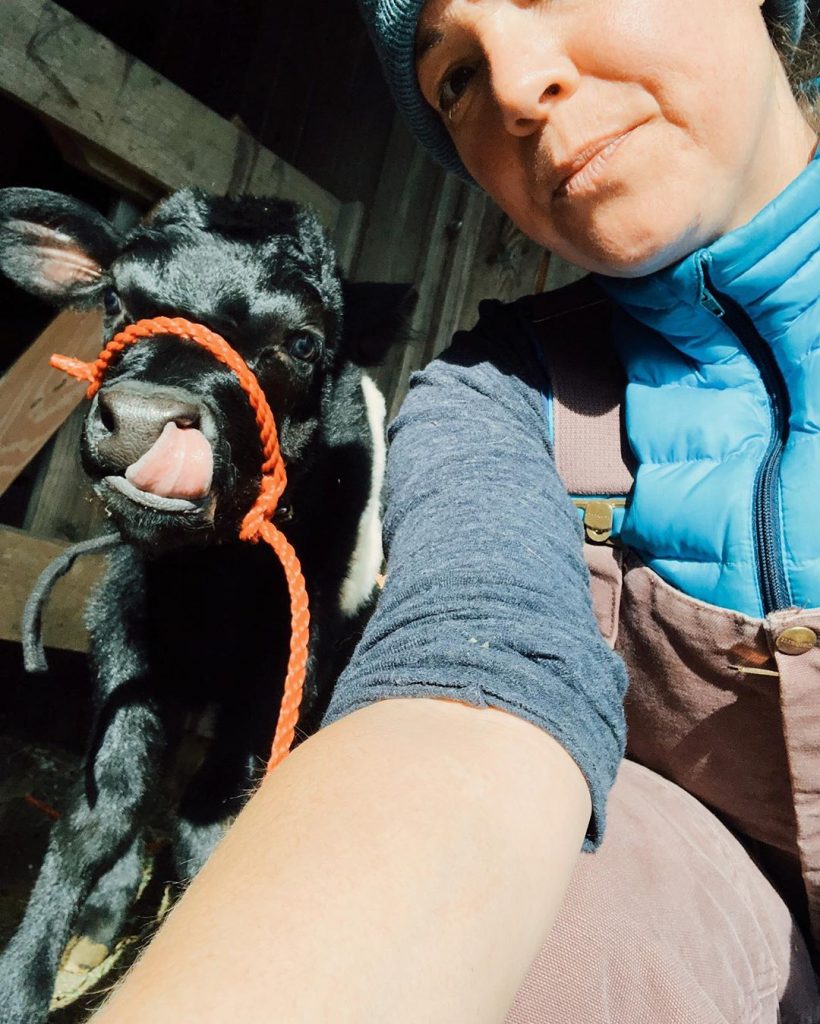
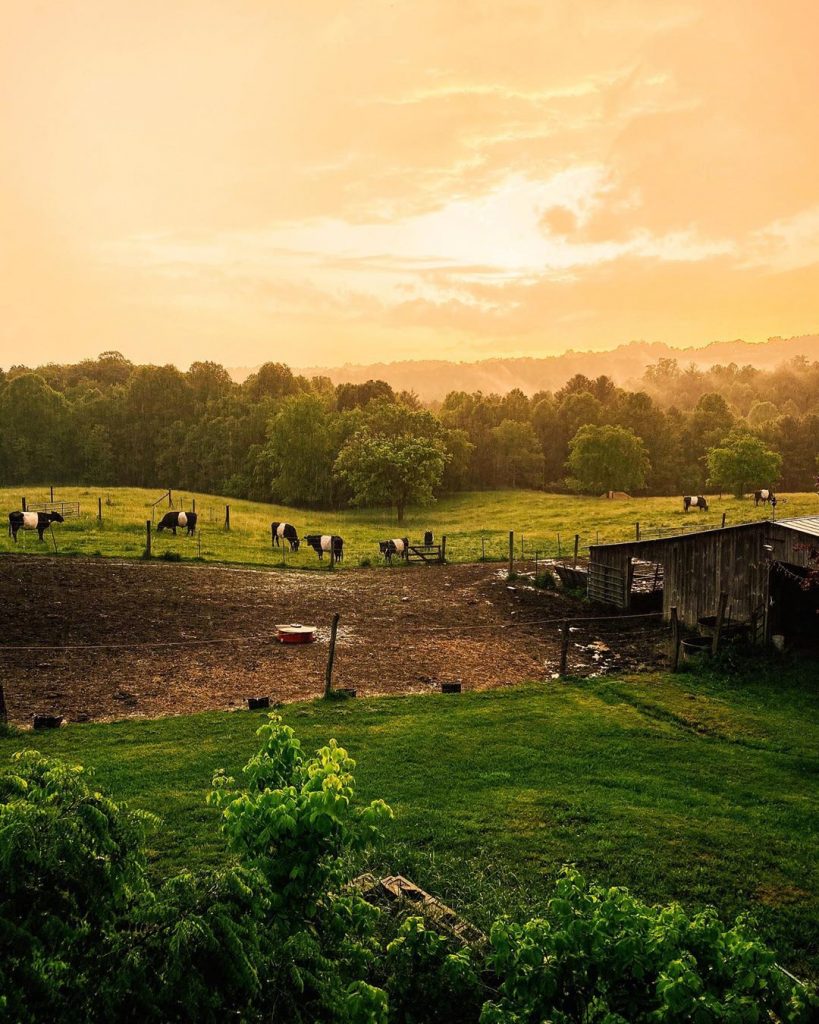

I am not well traveled. I’ve never flown on a plane. I’ve never been north of Ohio or west of Texas.I’m not as well traveled as some may say one should be, but this piece of land has housed all of my fondest memories…
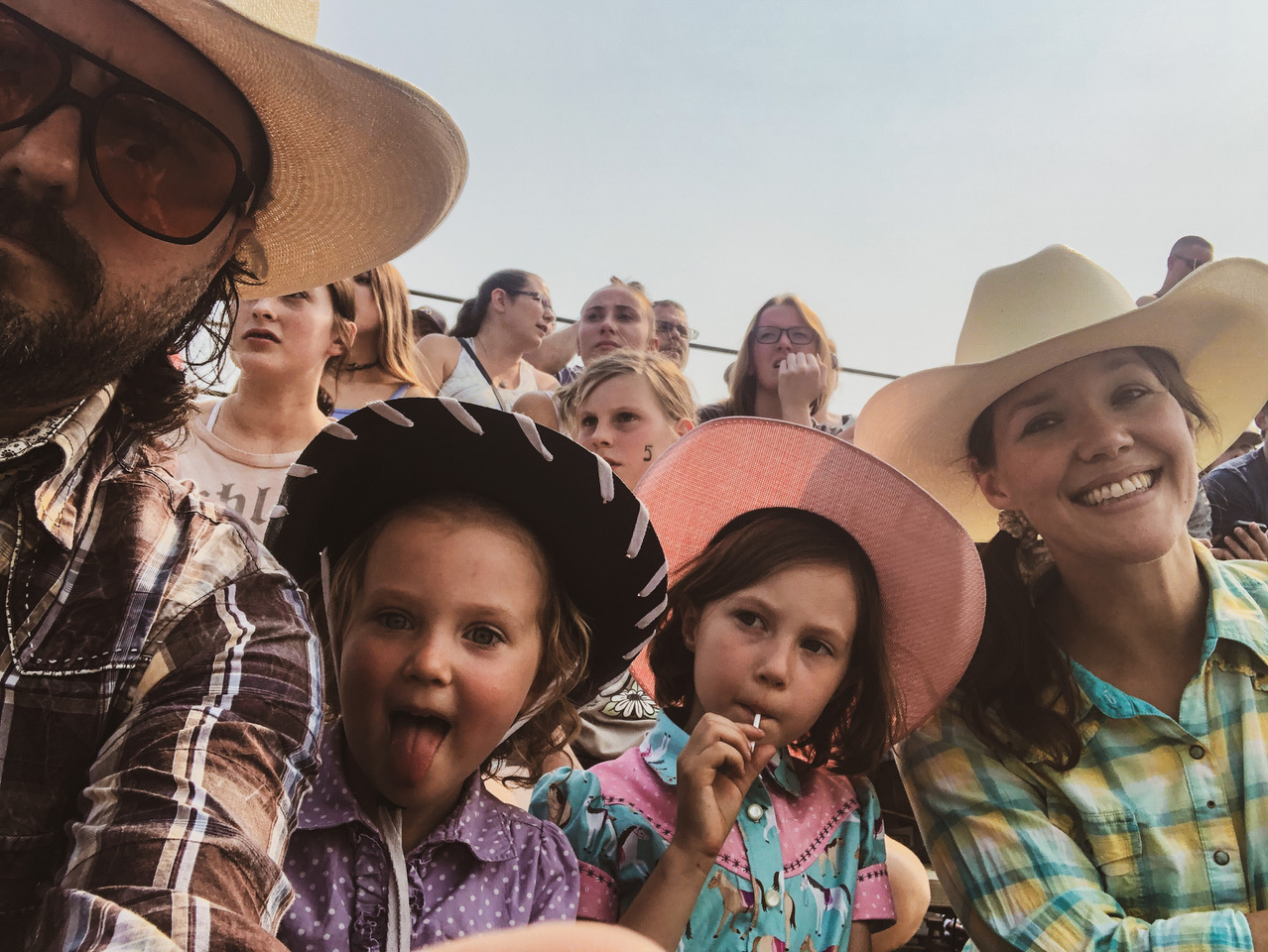
Do you ever worry that your kids will miss out because of this homesteading lifestyle choice? This fear crosses my mind time to time. I’m sure many, if not most of you, could agree that it can be extremely difficult to get extended time away from the homestead for more than a full day, especially in the busy summer months when daily chores demand our regular attention…
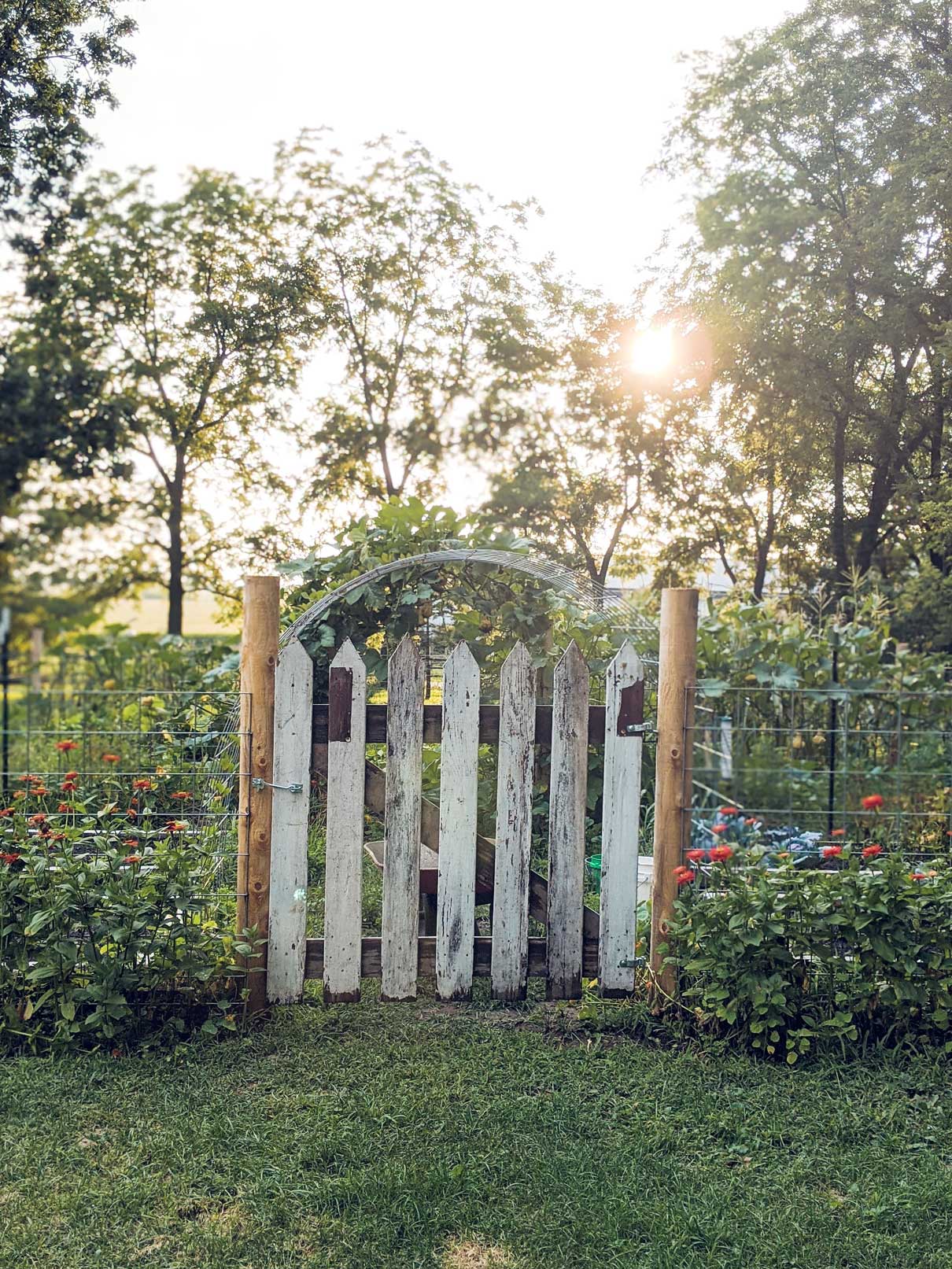
“In some Native languages the term for plants translates to ‘those who take care of us’ … the land knows you, even when you are lost.” – Robin Wall Kimmerer, Braiding Sweetgrass…
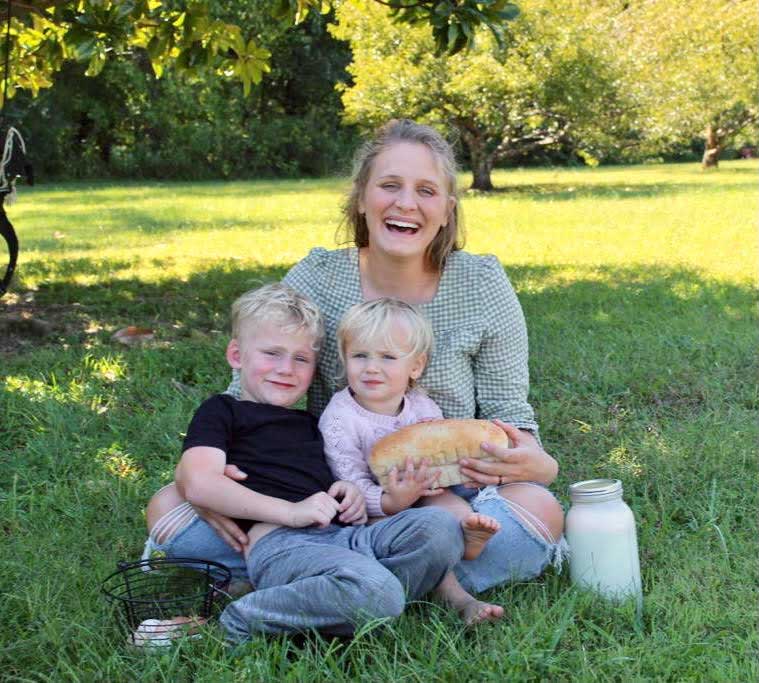
Babies, Business, and Bumper Crops: How I am Learning to Homestead with Babies in Tow
Have you ever had one of those days? You know the days when you are cleaning the baby’s diaper, milking the cow, scooping poop in the barn, wiping noses, and cleaning more poop off of kids’ shoes…
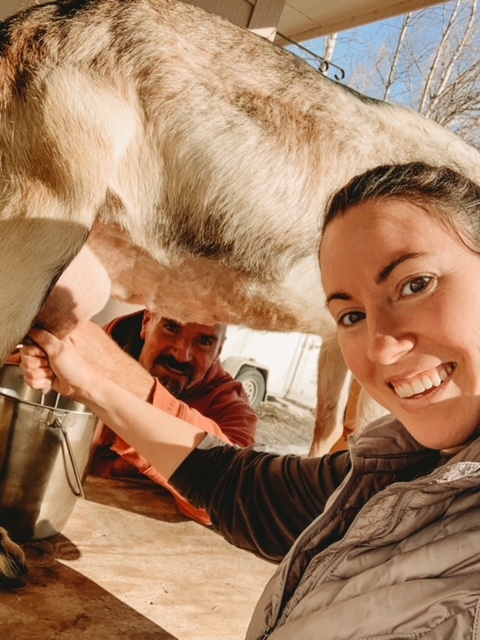
Hey there, Homesteading Mama’s!
I’m Rachel from @frontier_homesteading. My husband Ryan, three children and I have been homesteading for about 10 years now, first in Wyoming and now in Alaska.
We currently have milk goats, pack goats, sheep, a pig, a cow, chickens, rabbits, bees and a dog. Seasonally, we also have more pigs, meat chickens and turkeys….
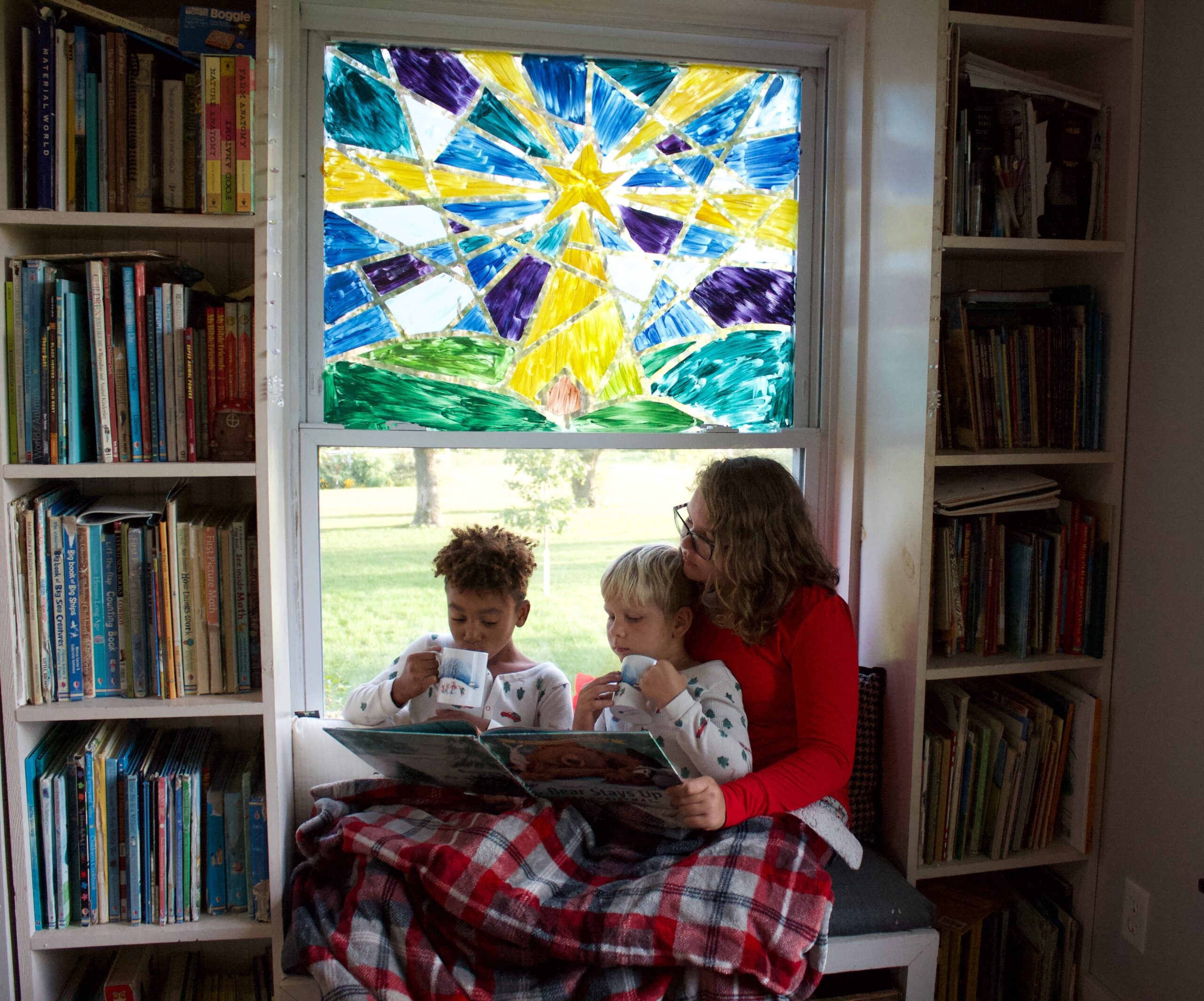
Stained glass windows date back to the 7th century. With the earliest known reference dating
from 675 AD when workmen were imported from France to Britain to Glaze the windows of a
monastery…
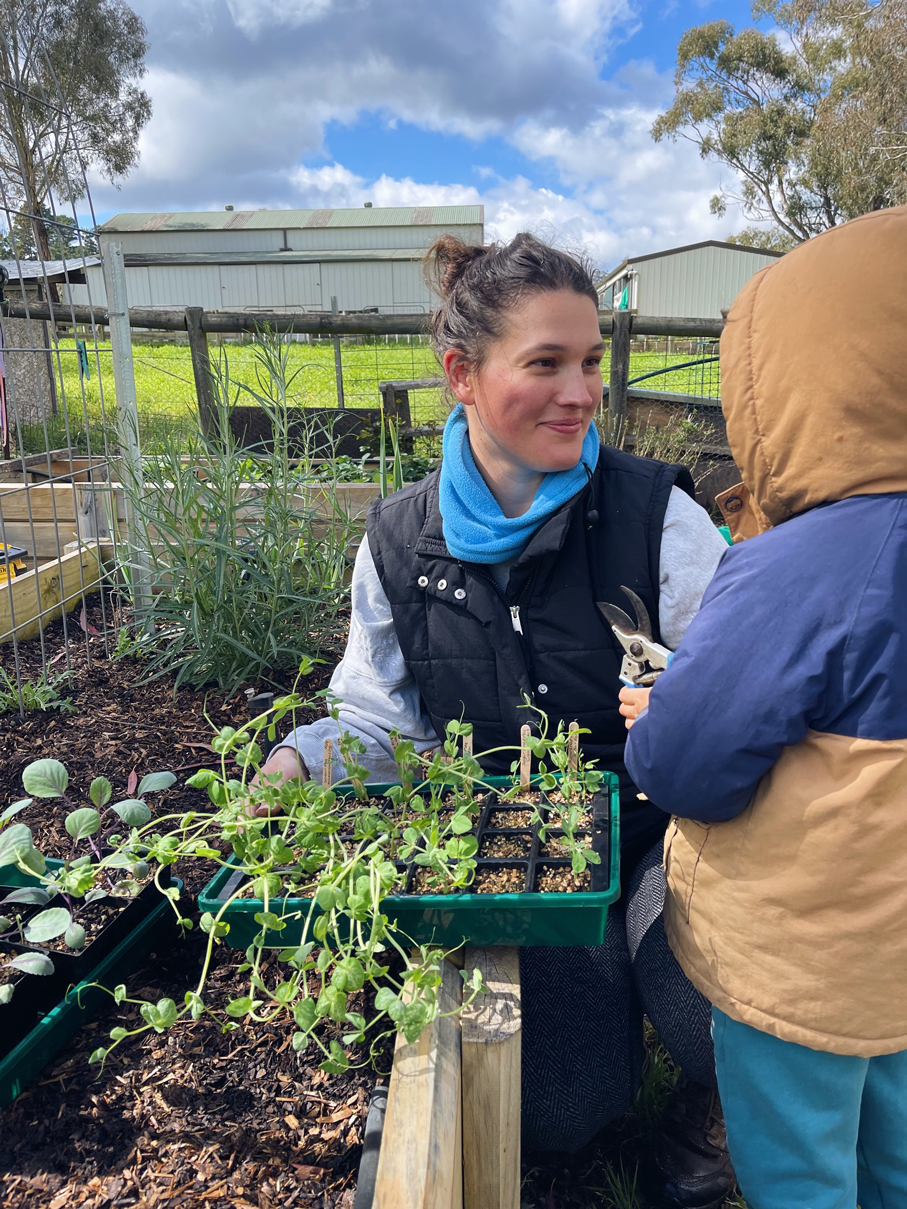
Homesteading and growing food is not the easy way out of this life, i would say it is the hard way as there’s nothing convenient about it. It’s a lifestyle, a life change not a trend or hobby. Well, that’s my opinion any way…
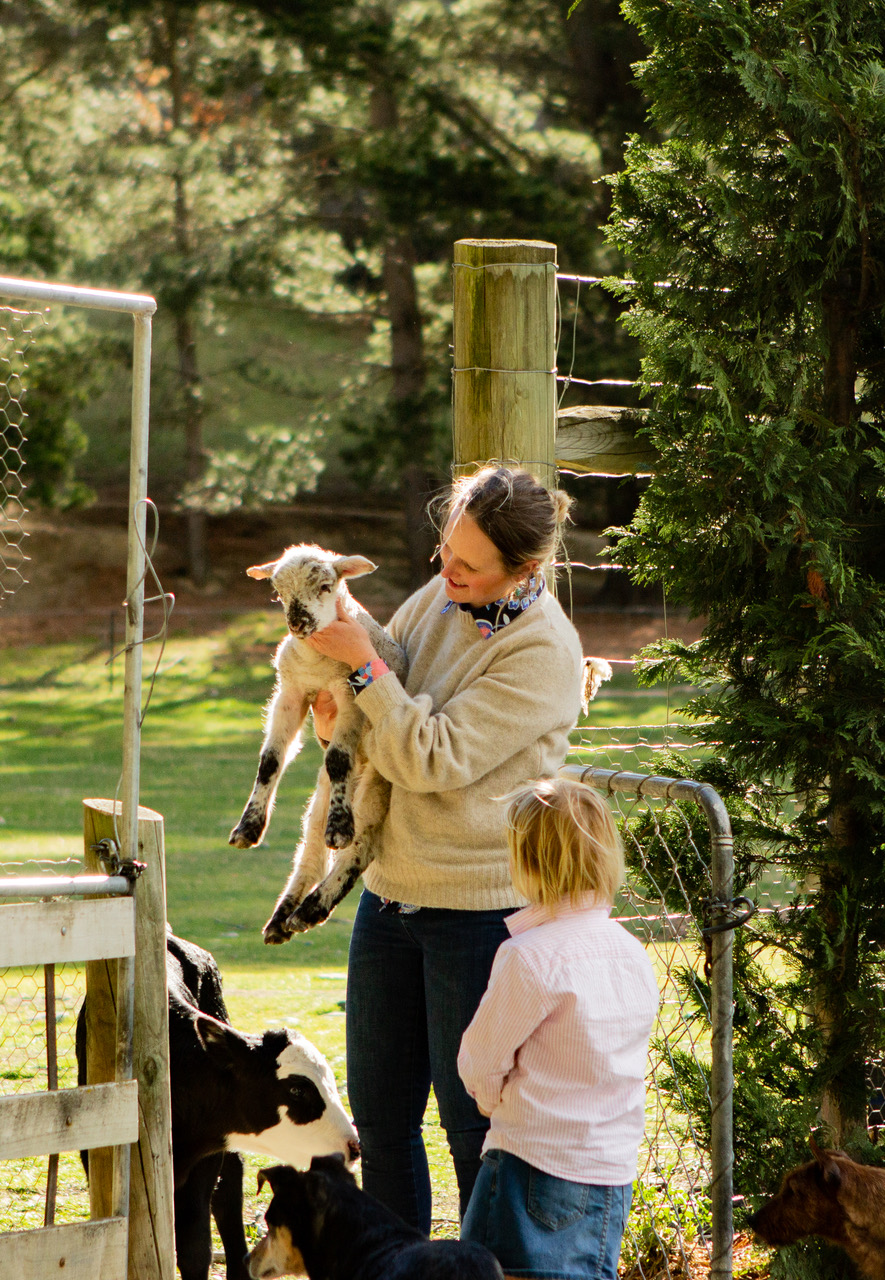
Awakino Station is a child’s dream. There is the river to splash in, tussock covered hills to explore, animals to raise and a bustling kitchen with a baking tin full of something yummy to eat…
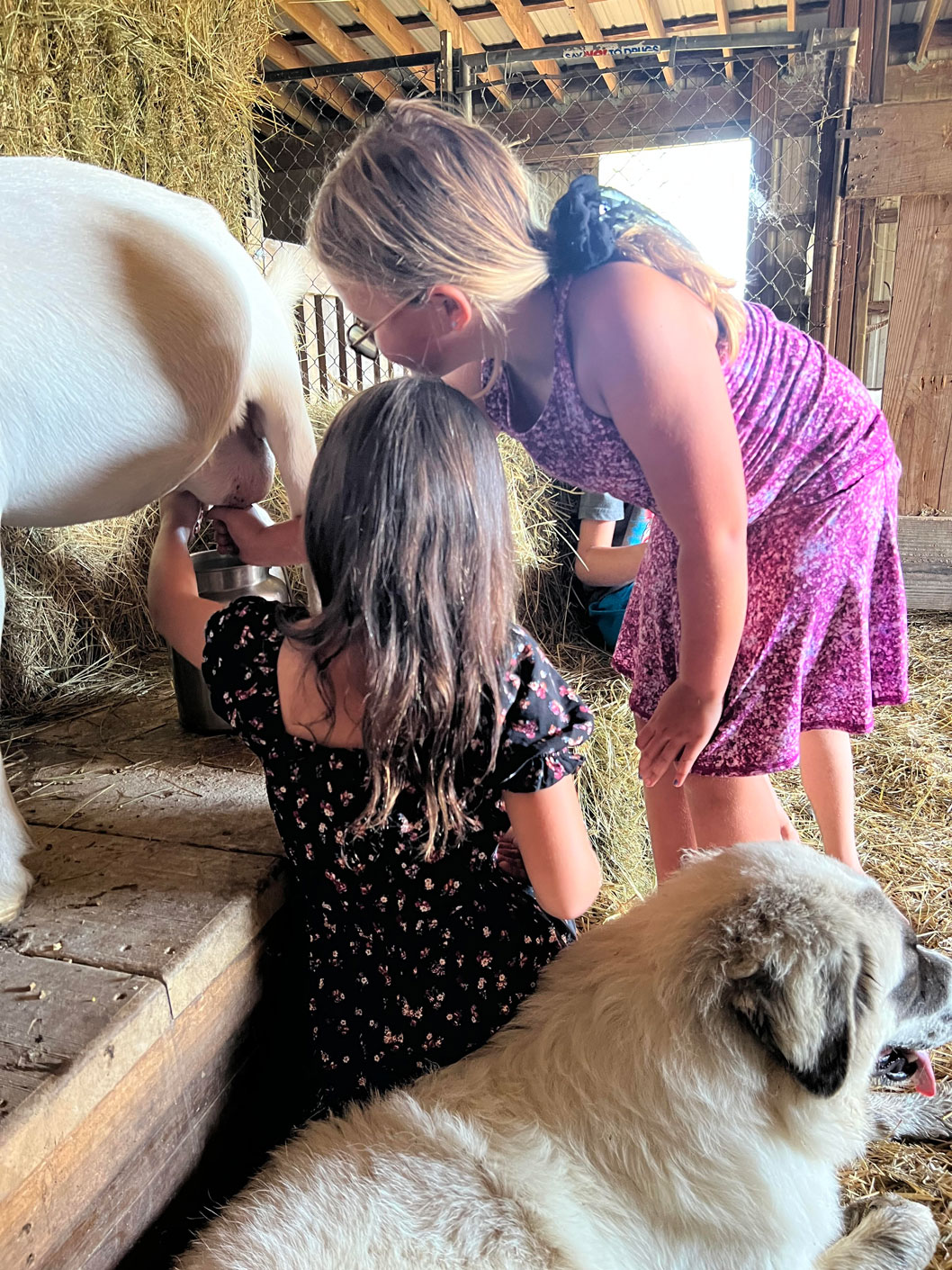
We didn’t lose Druzy (pictured)-but lost her twins.
I just wanted to share how sad I felt that day. Our first goat, Druzy, had her babies sometime in the night, on Super Bowl Sunday-five days earlier than we thought-and they were both dead. Perfectly formed. Beautiful. Twins….